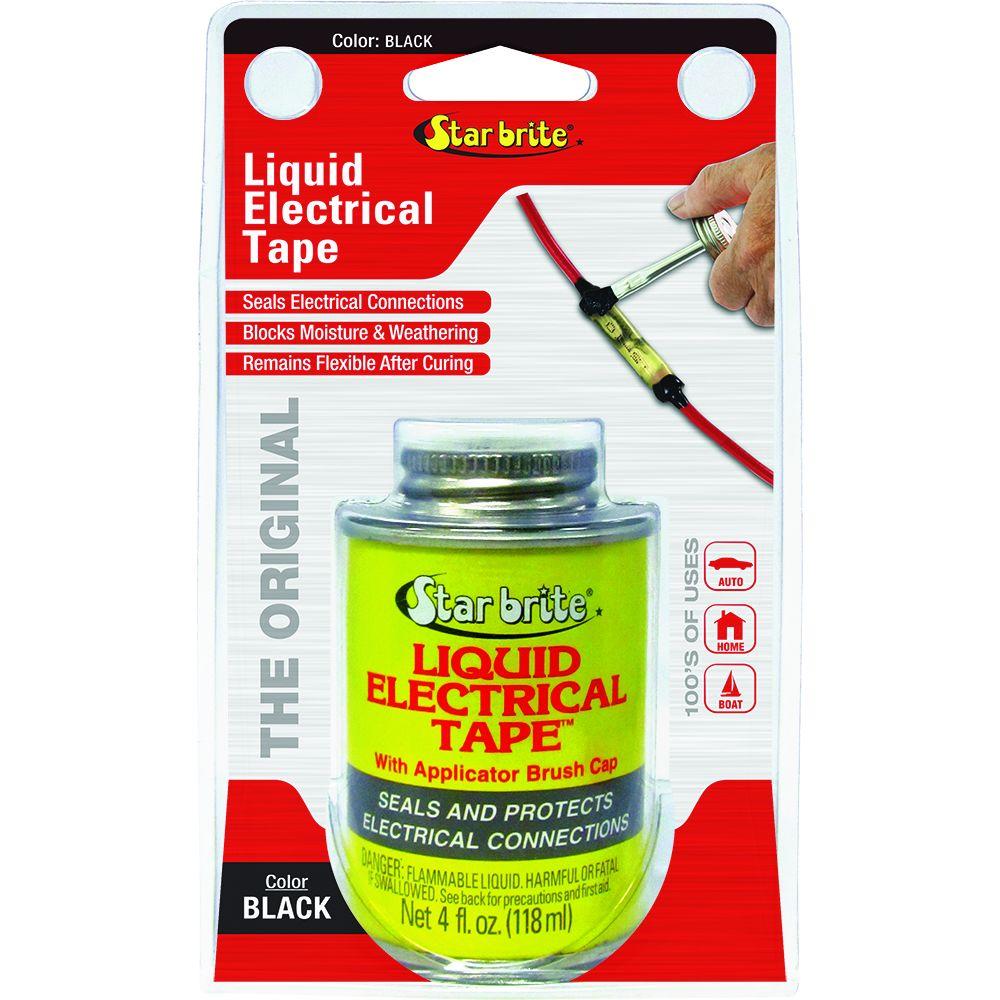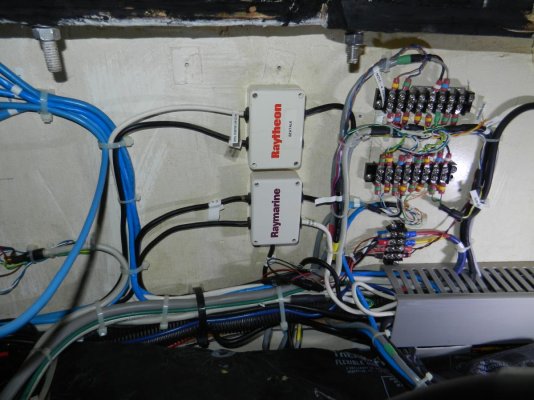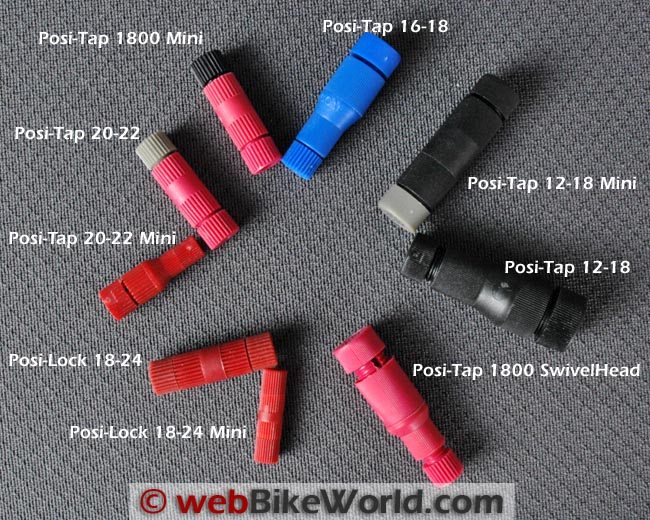JDCAVE
Guru
- Joined
- Apr 3, 2011
- Messages
- 2,905
- Location
- Canada
- Vessel Name
- Phoenix Hunter
- Vessel Make
- Kadey Krogen 42 (1985)
I’ve had some discussion with a forum member on this topic, but I’d thought I’d engage the rest of you for opinions and options. Hopefully CMS will offer his views. What are people’s ideas about butt connecting very fine wires such as the N-0183 wires from AIS. These are very small gauge, less than AWG 22. Not sure what they are. There has been discussion on the Cruisers Forum here:
How to Crimp Little, Tiny Wires - Cruisers & Sailing Forums
The issues include damaging the smaller wires with standard crimping tools and butt connectors, strain relief etc.
Currently I’m leading toward connecting with 20AWG wire with the 18-22 AWG heat shrink butt connector by passing the smaller wire right through the connector and inside the larger wire strands. Other methods include doubling the wire over. Others suggest using terminal locks, but that still involves a connector for the terminal block. Panbo suggests 3M scotchlock connectors but 3M themselves makes no recommendation for that and they are really meant for telephone wire connections.
Thoughts?
Jim
How to Crimp Little, Tiny Wires - Cruisers & Sailing Forums
The issues include damaging the smaller wires with standard crimping tools and butt connectors, strain relief etc.
Currently I’m leading toward connecting with 20AWG wire with the 18-22 AWG heat shrink butt connector by passing the smaller wire right through the connector and inside the larger wire strands. Other methods include doubling the wire over. Others suggest using terminal locks, but that still involves a connector for the terminal block. Panbo suggests 3M scotchlock connectors but 3M themselves makes no recommendation for that and they are really meant for telephone wire connections.
Thoughts?
Jim
Last edited:





